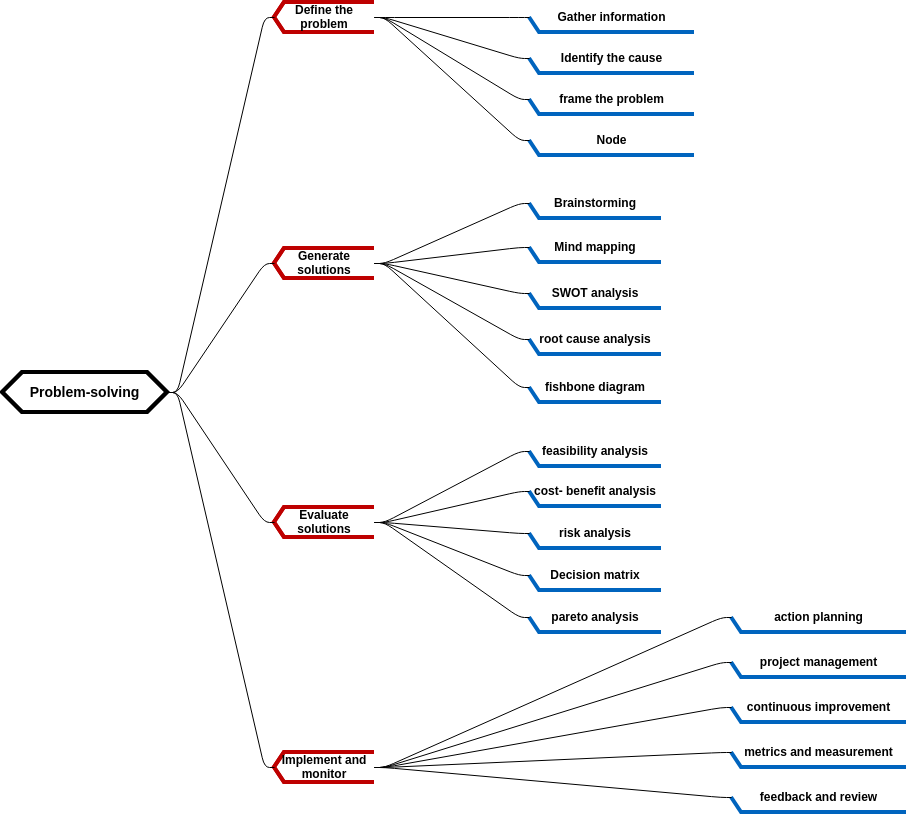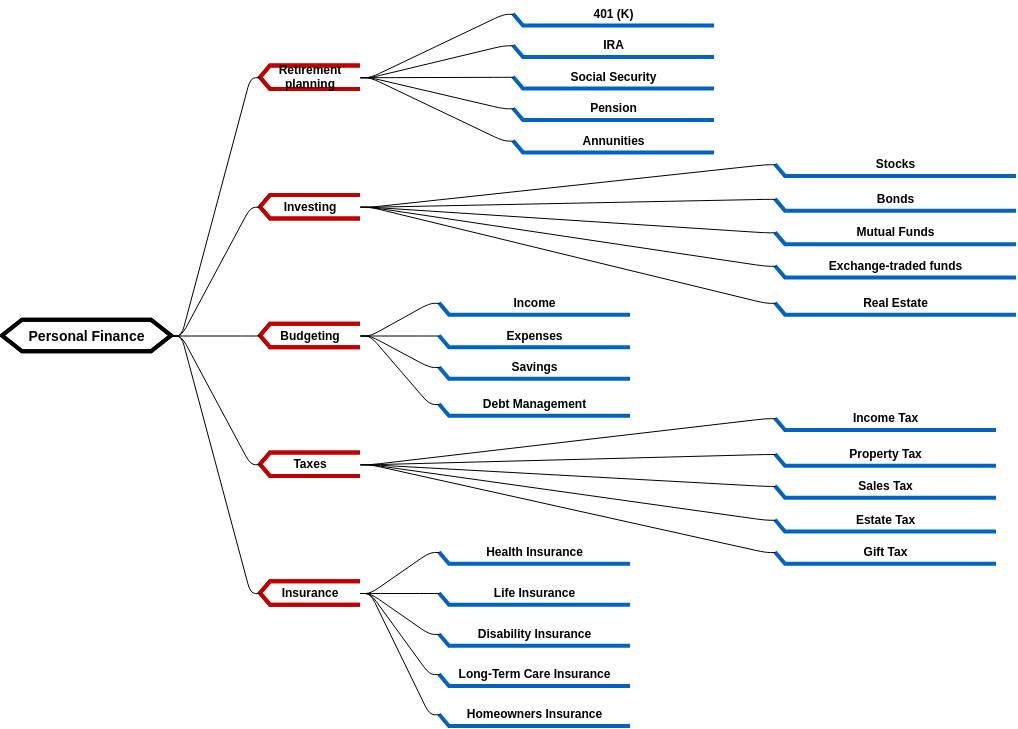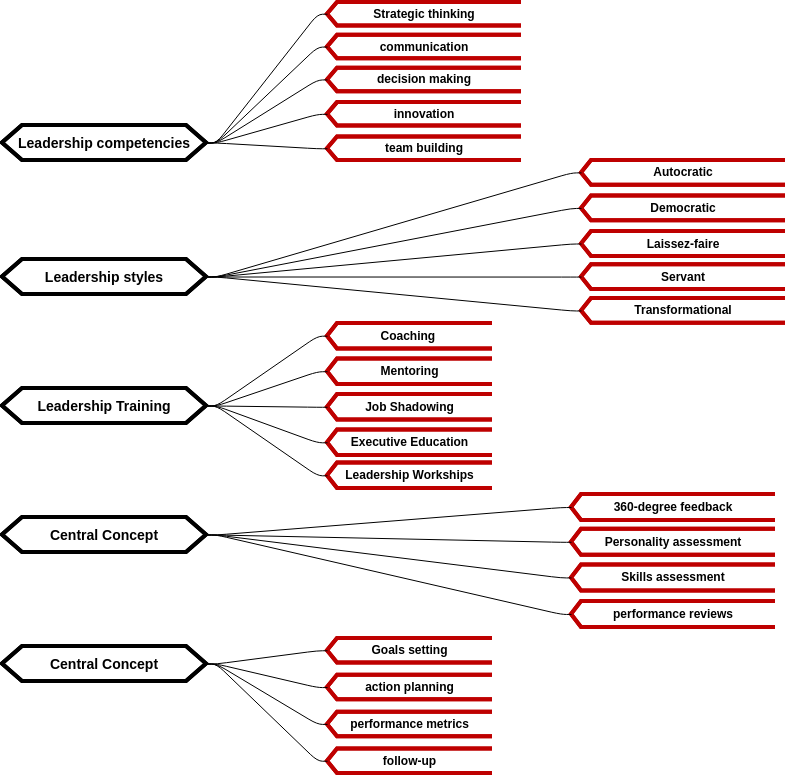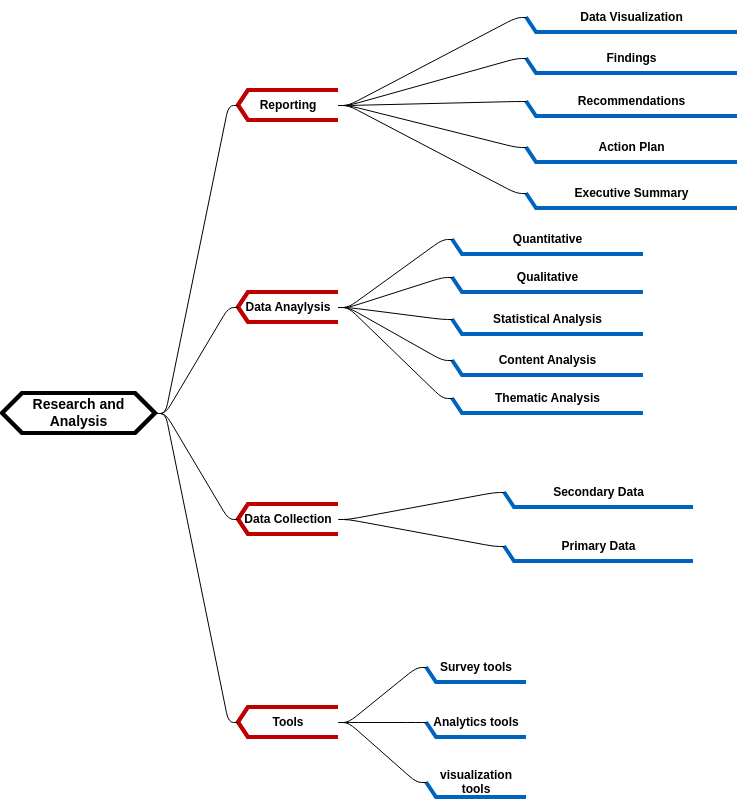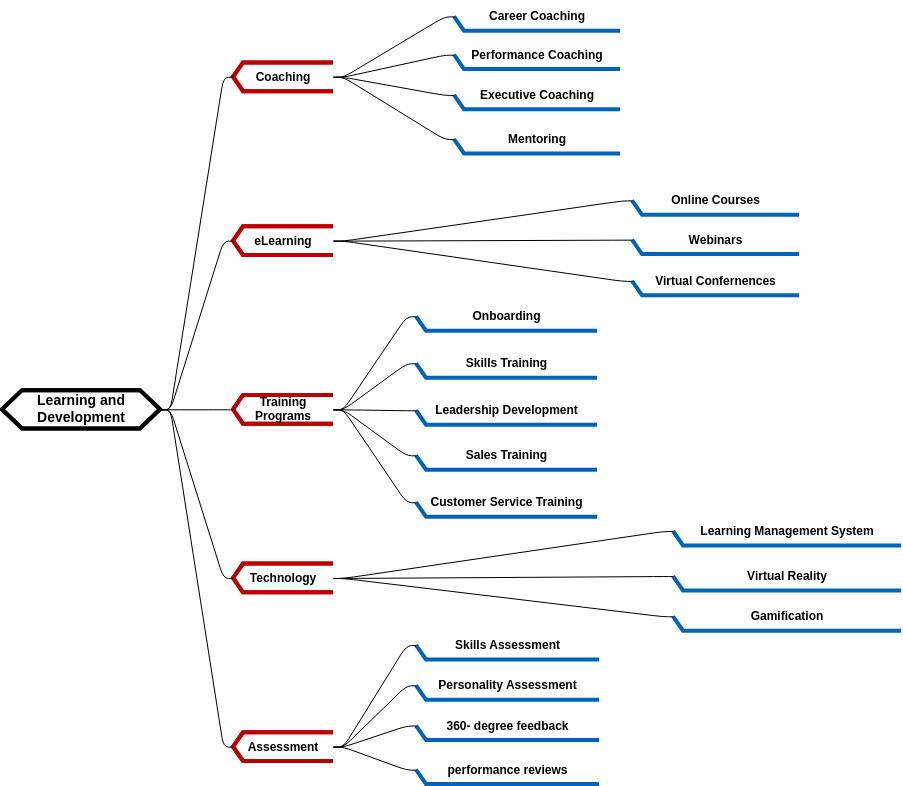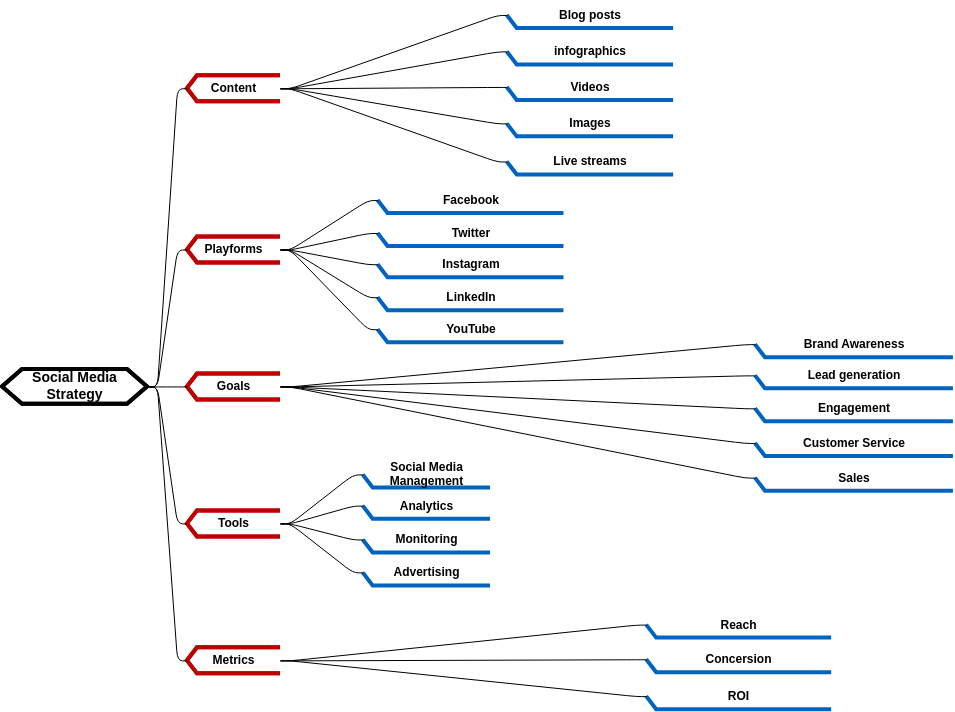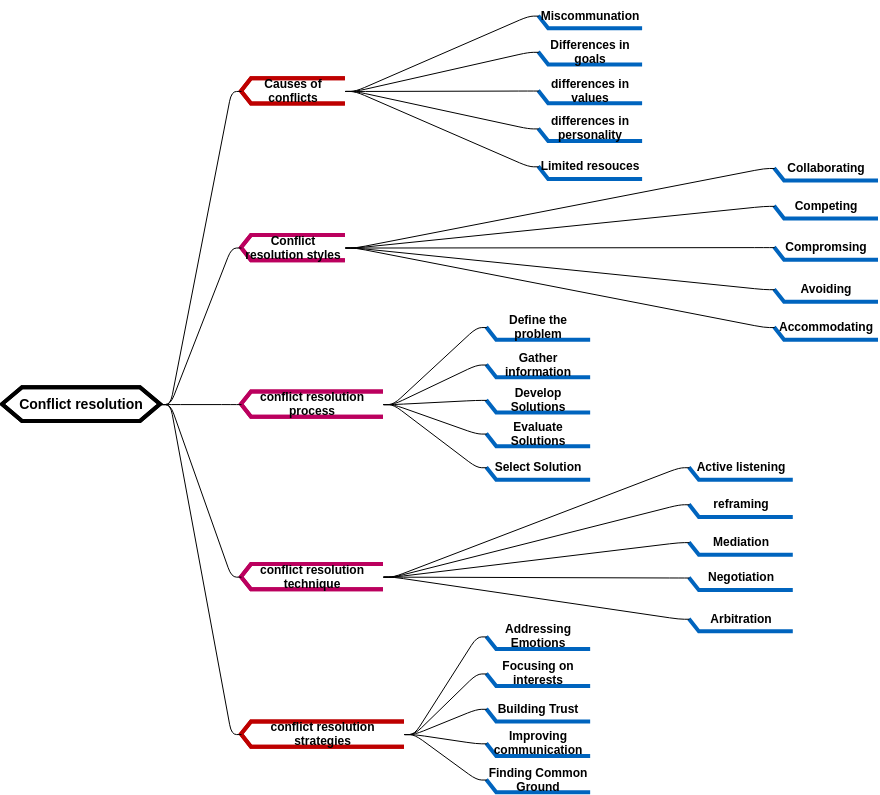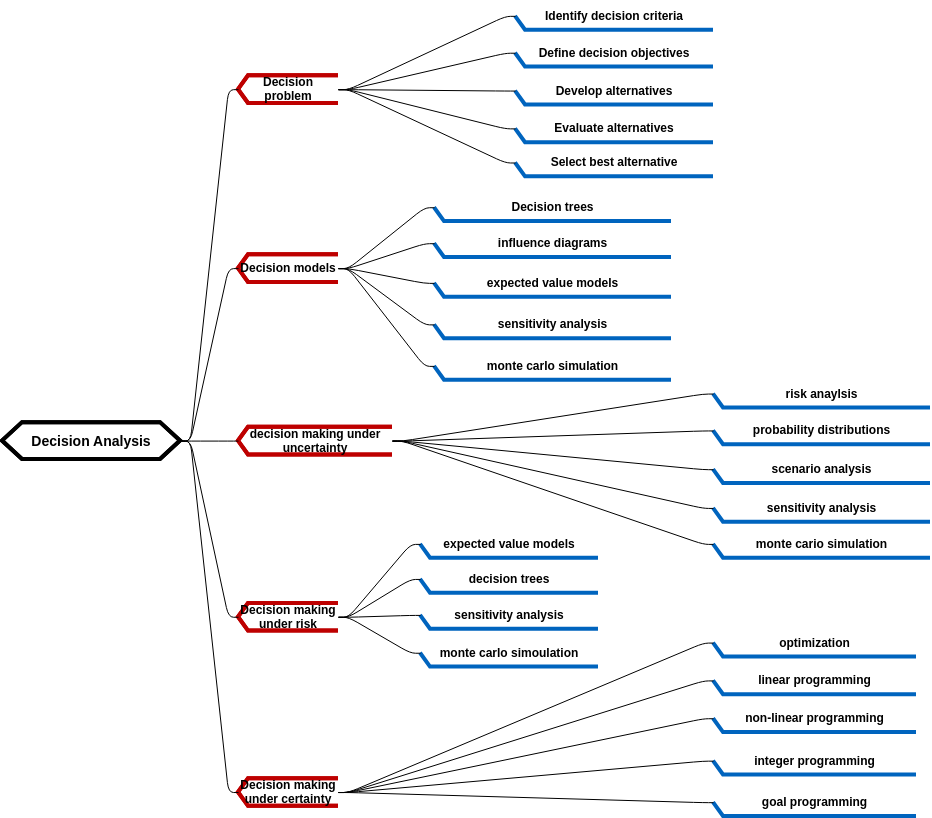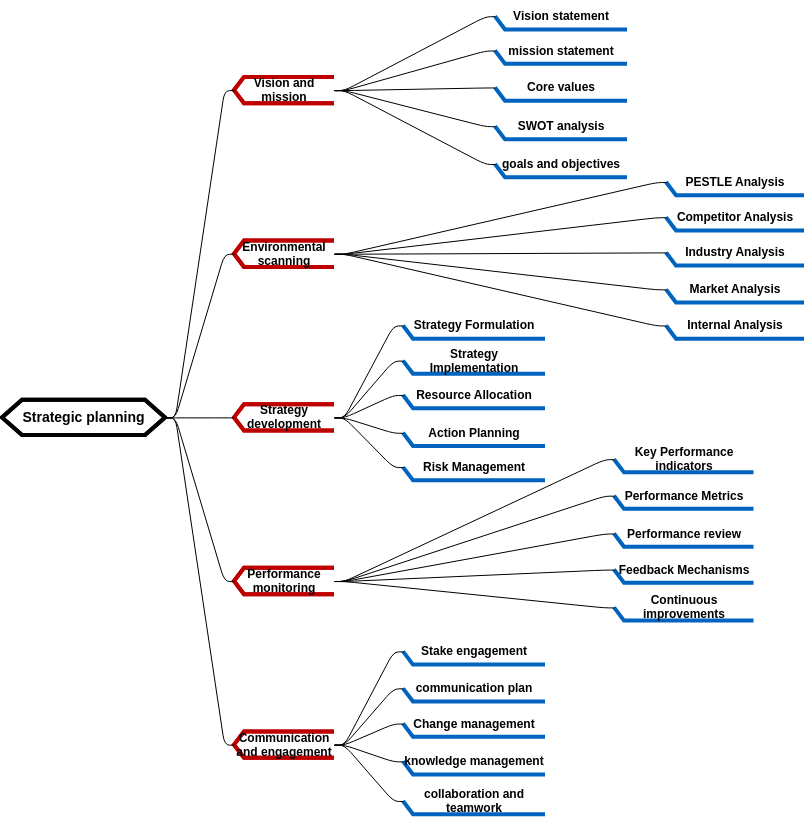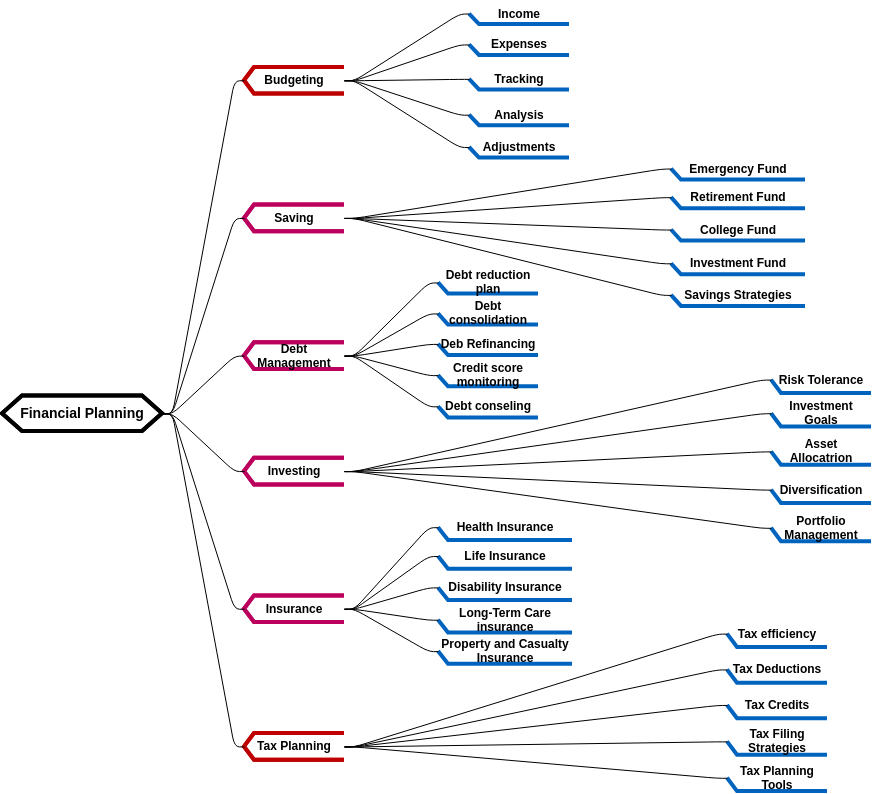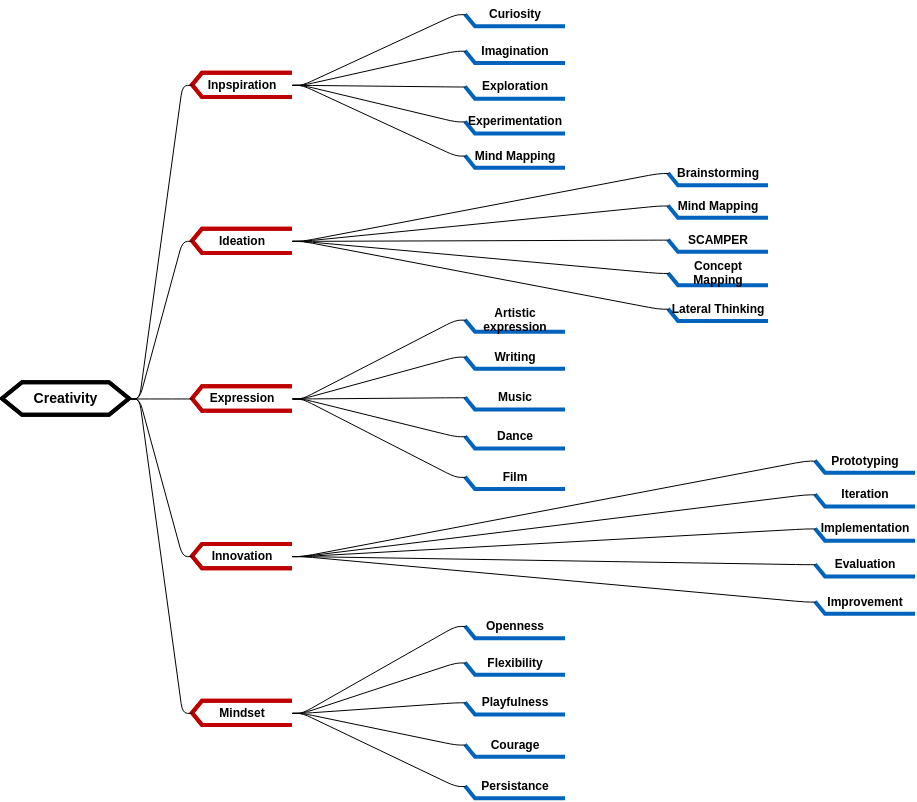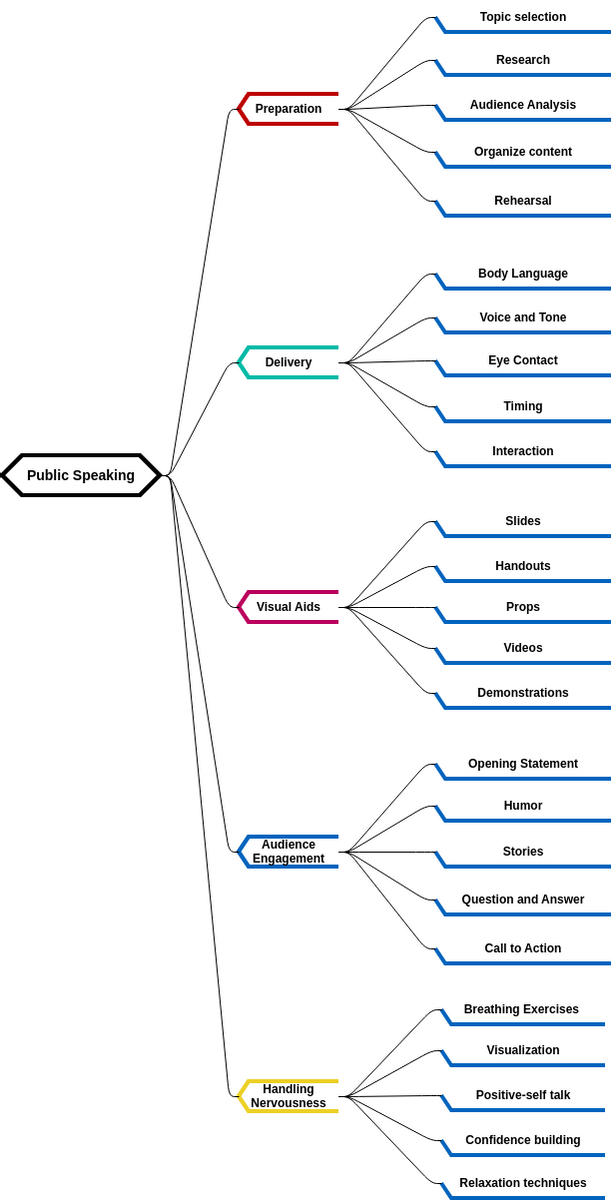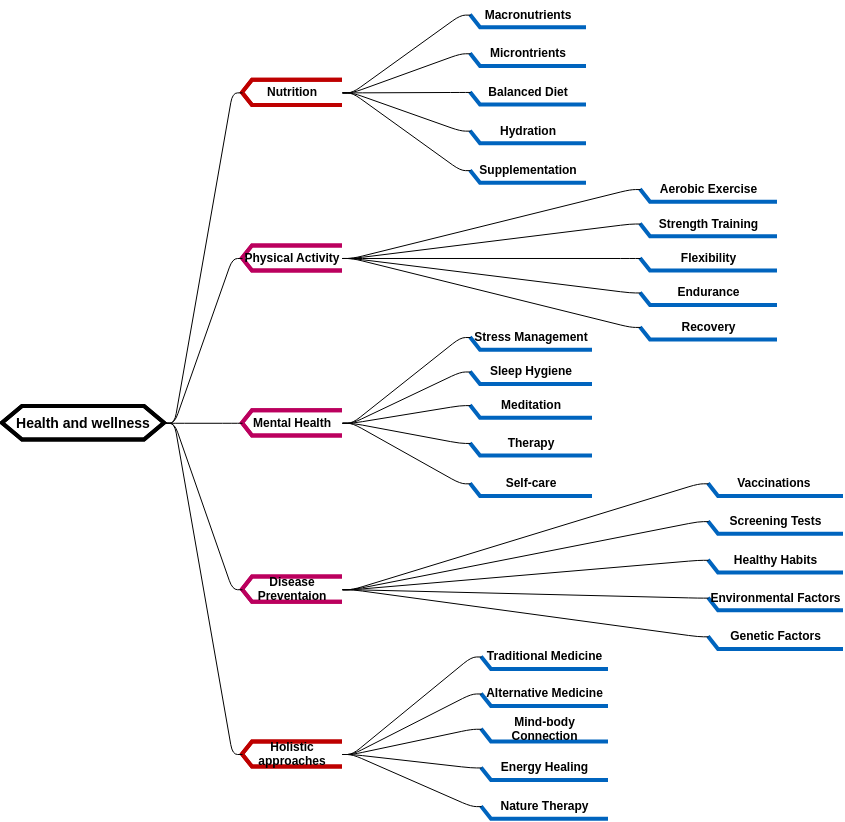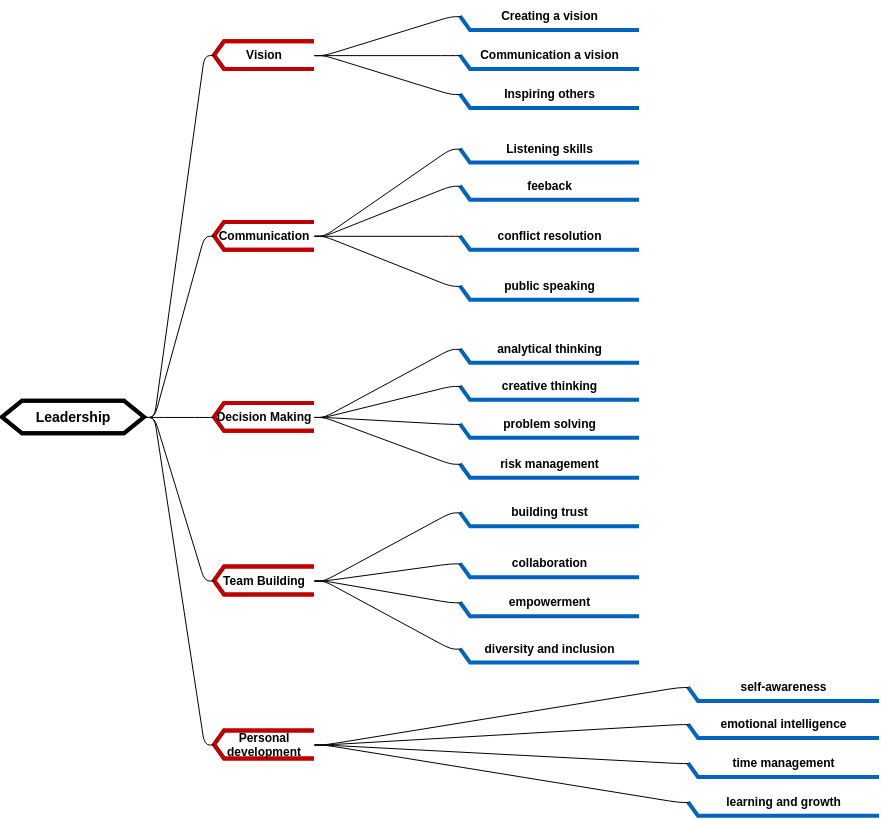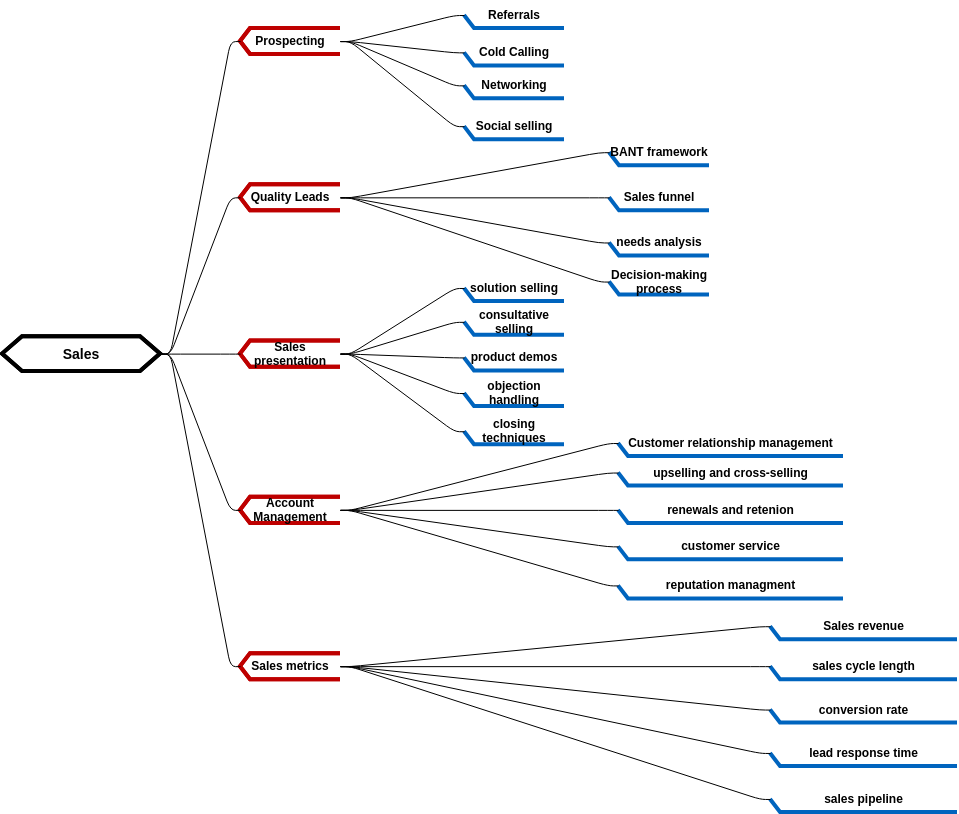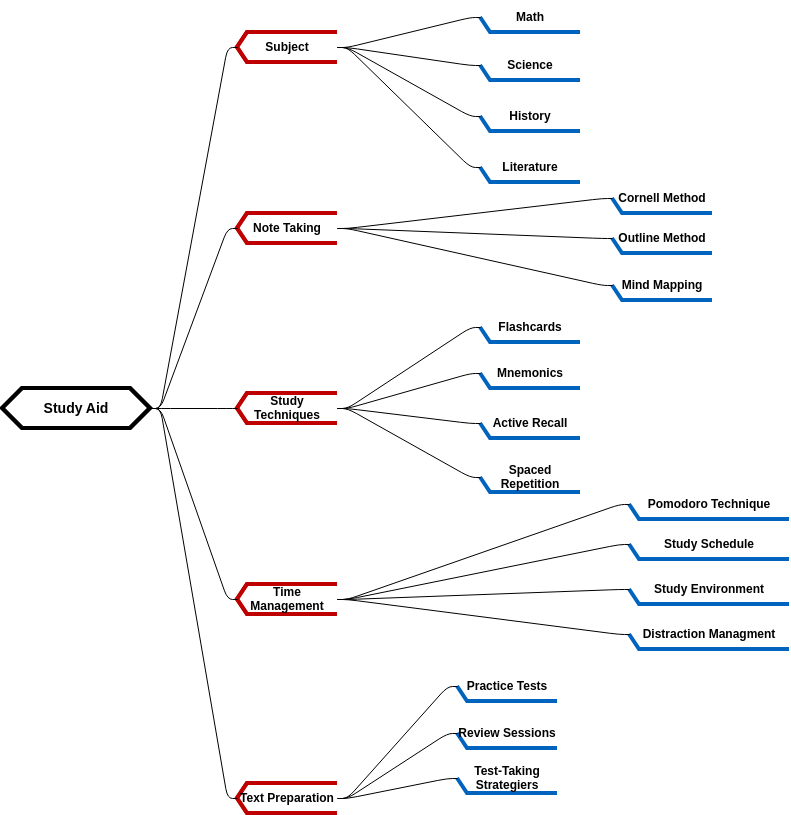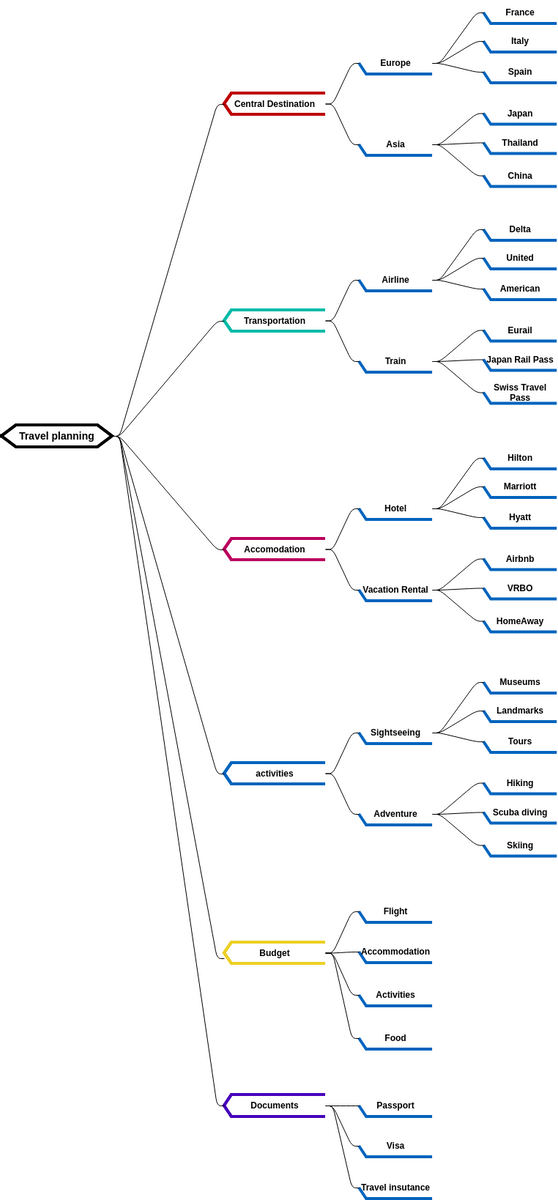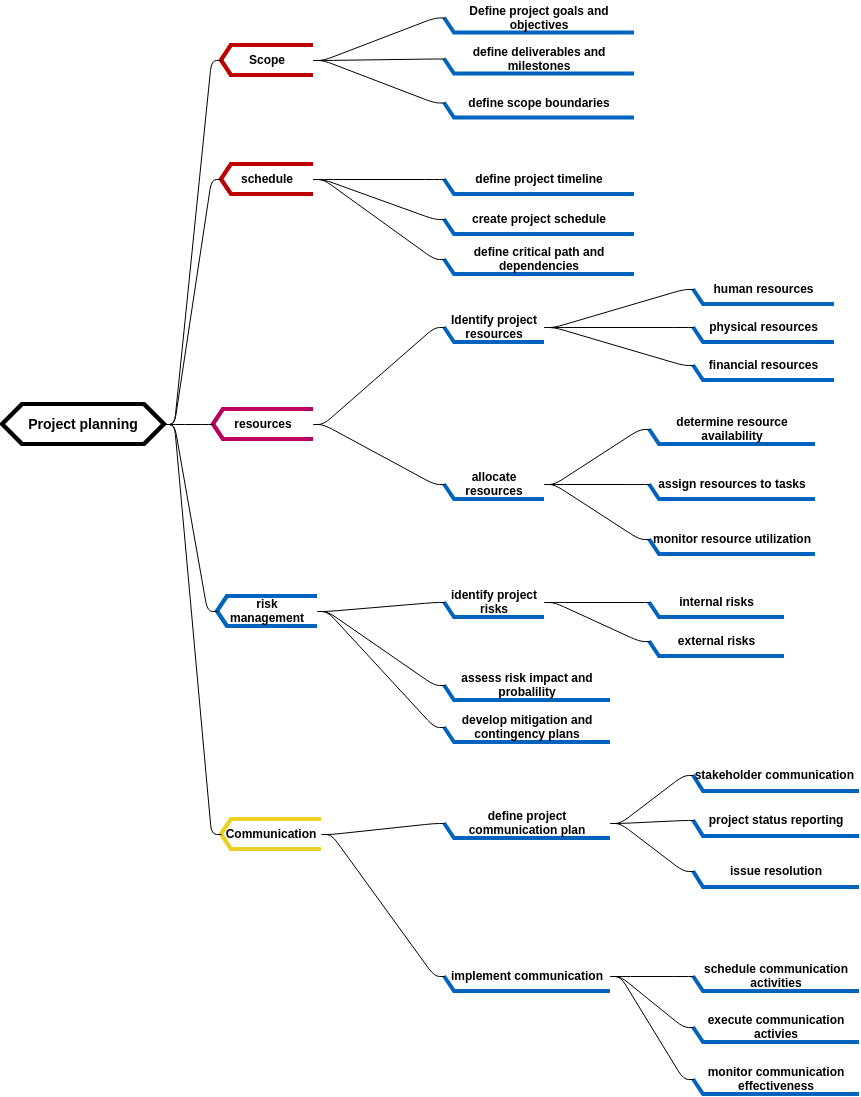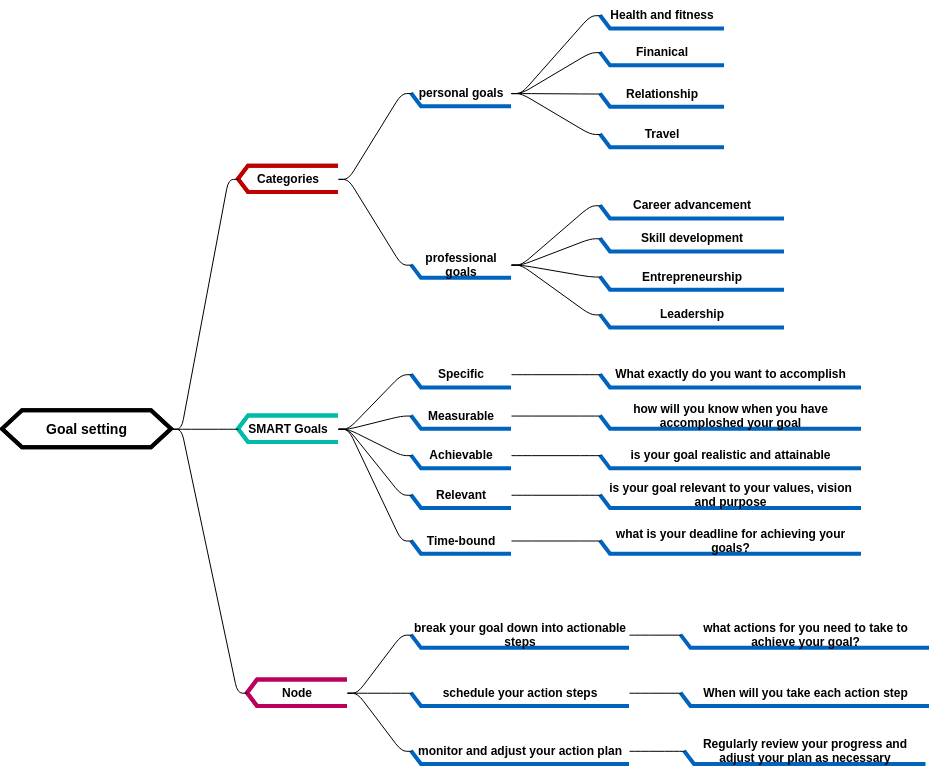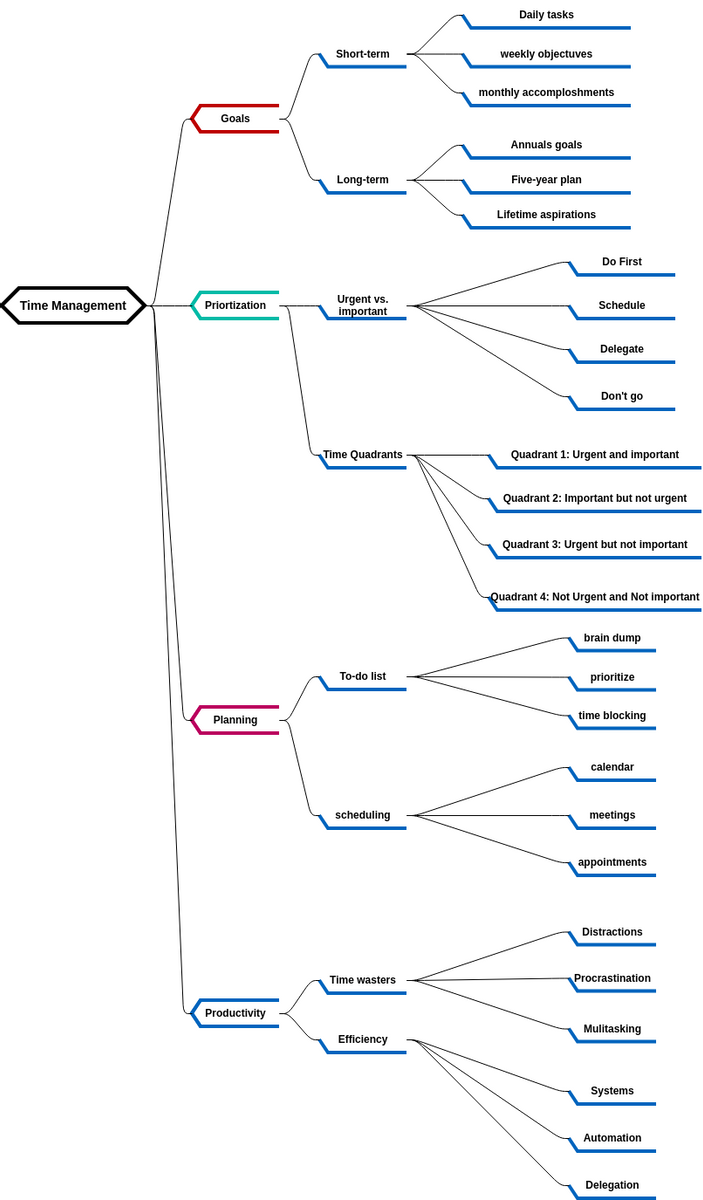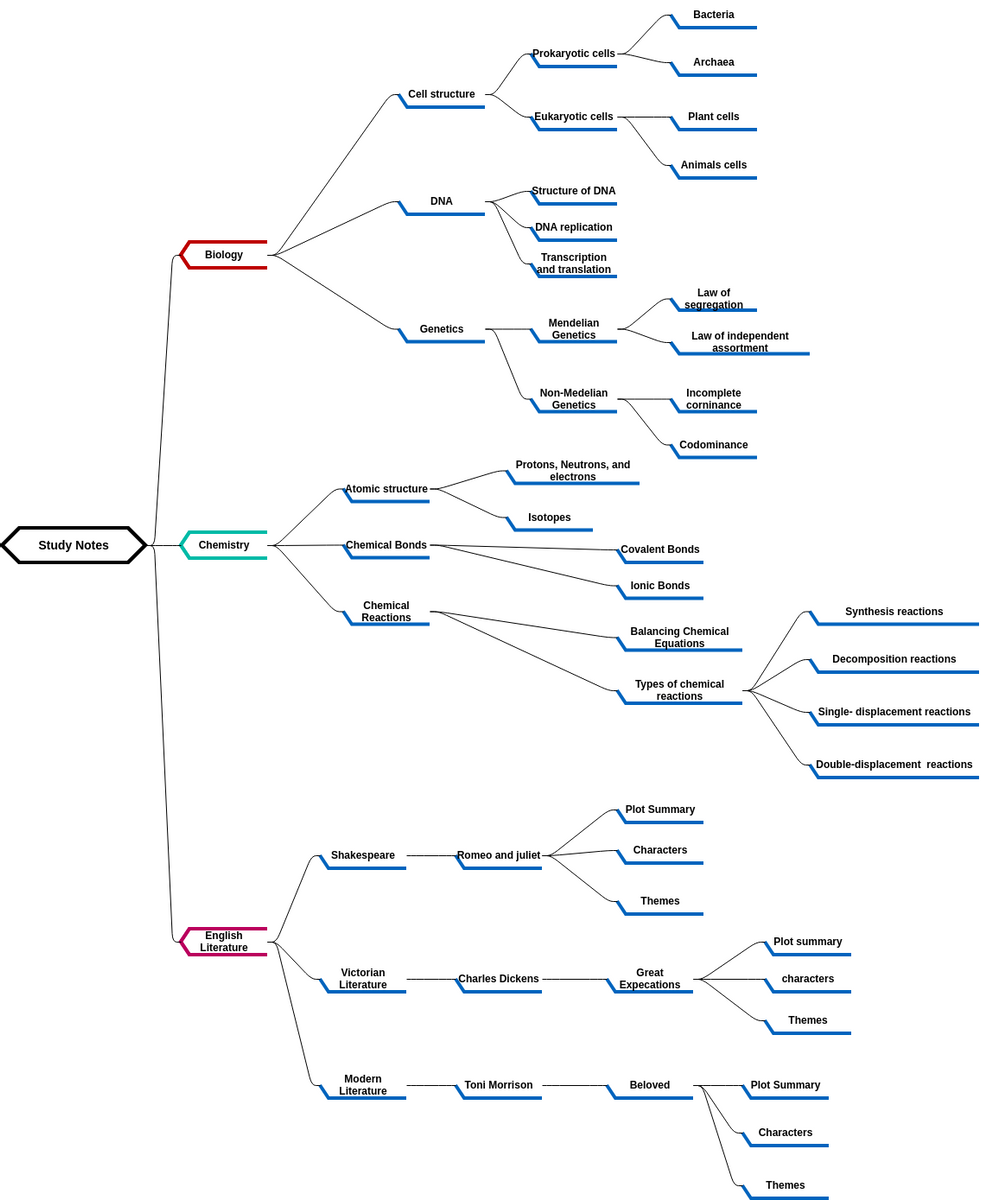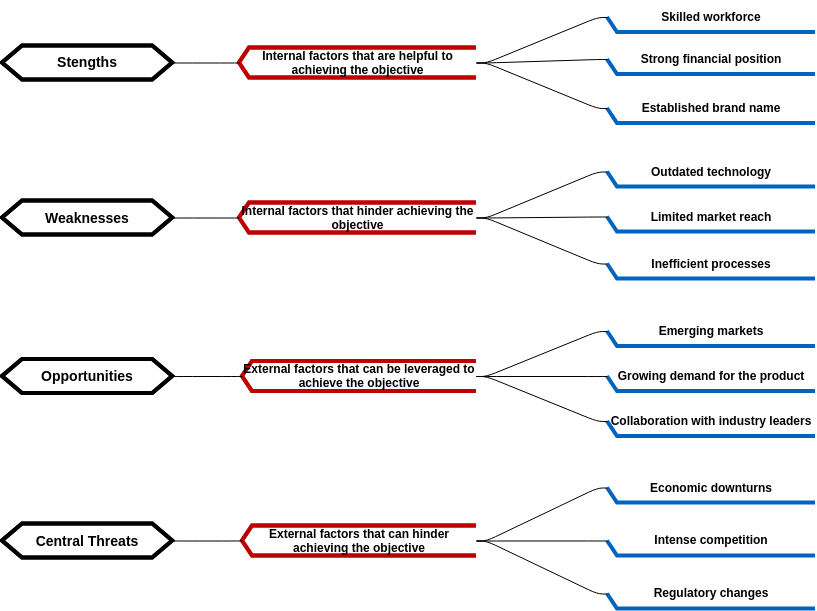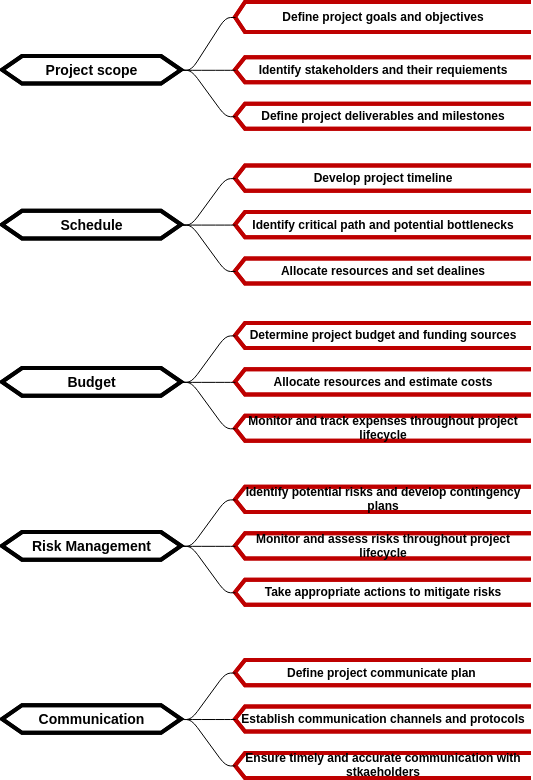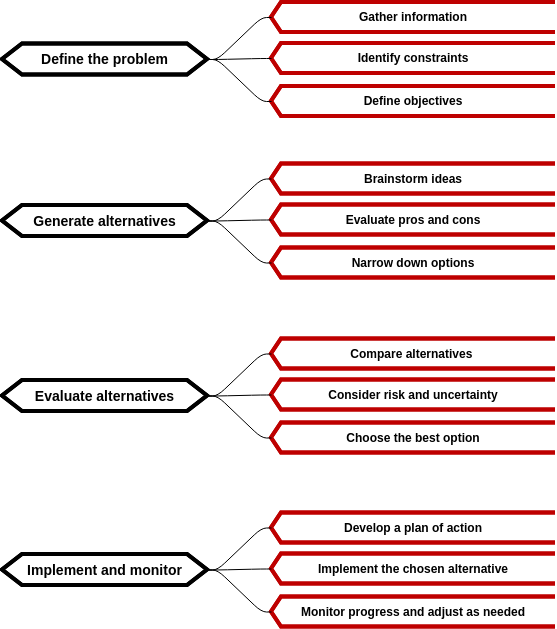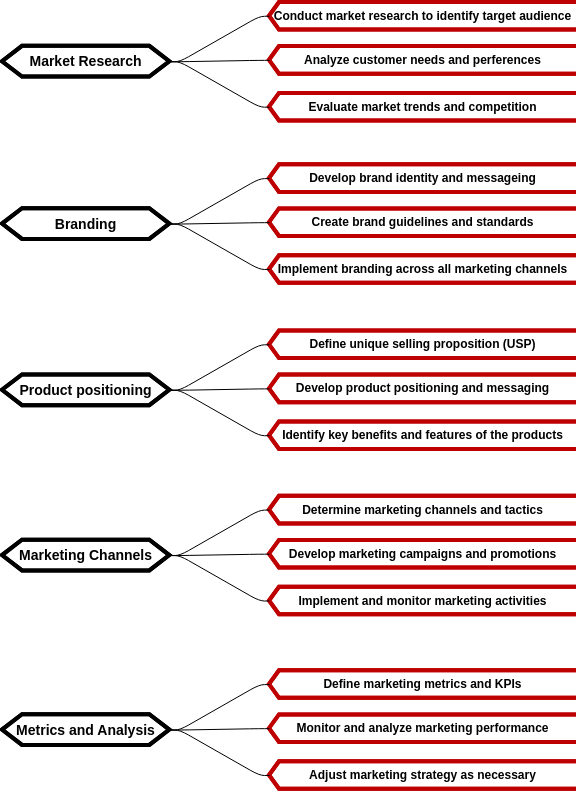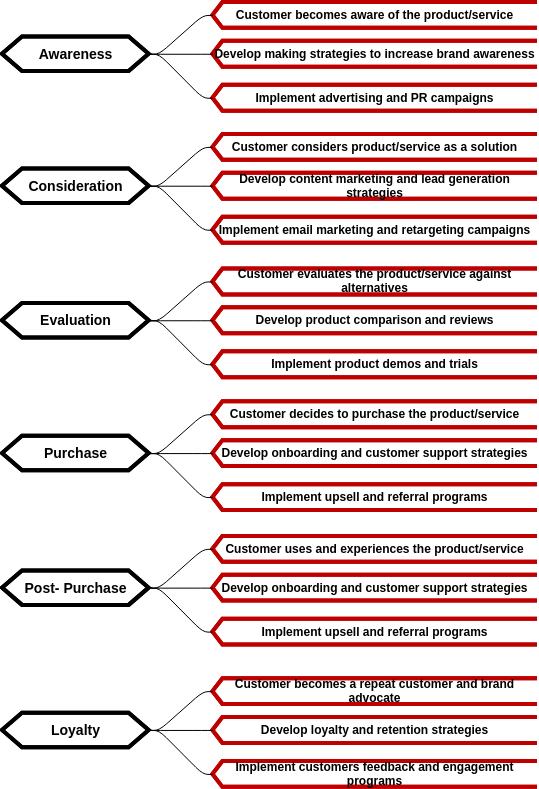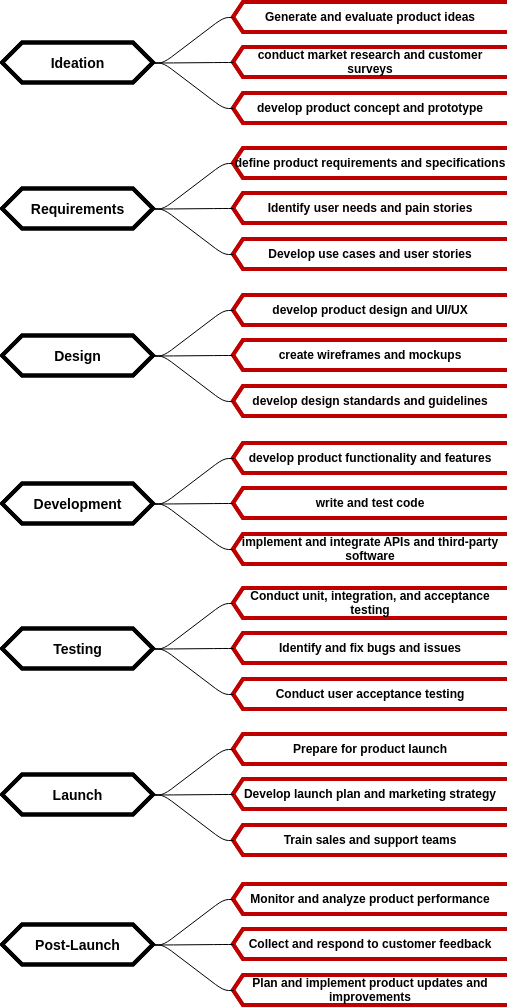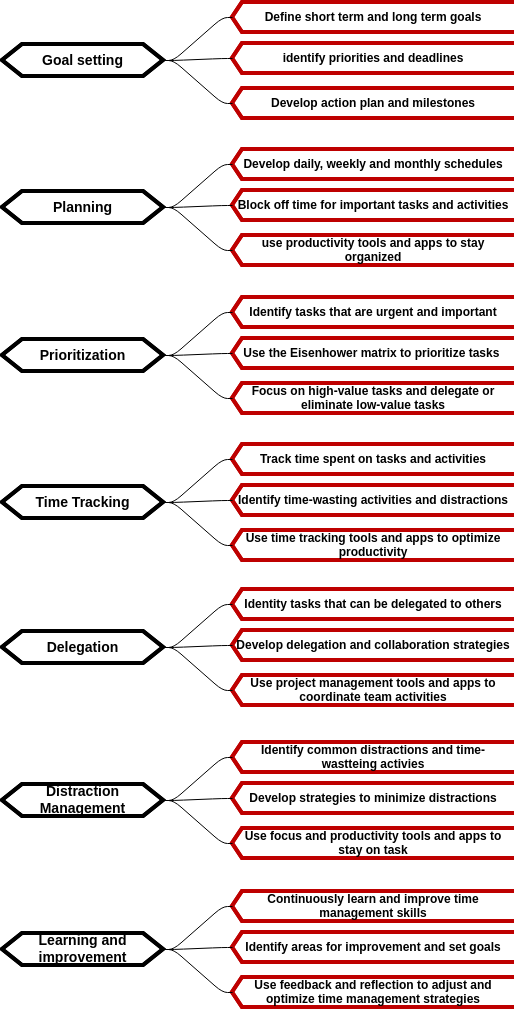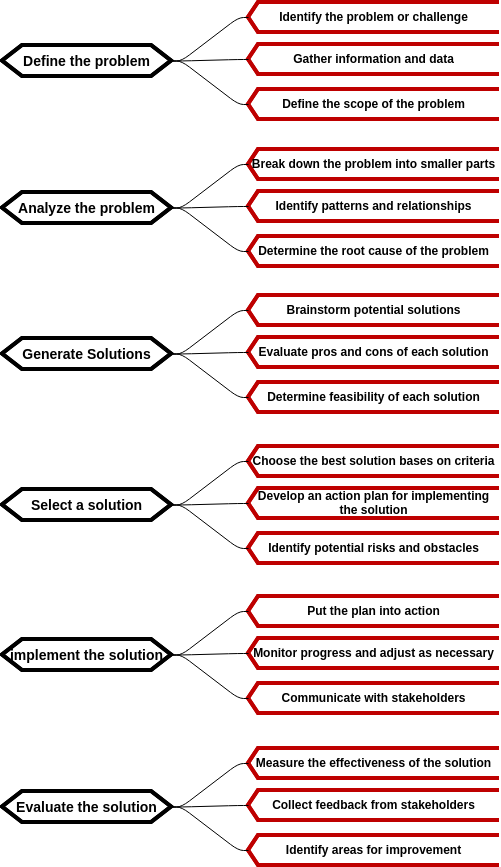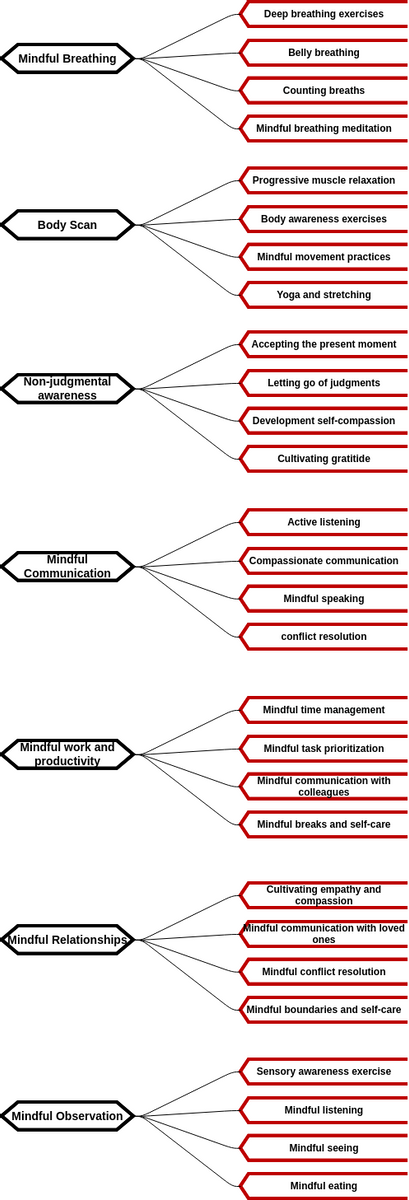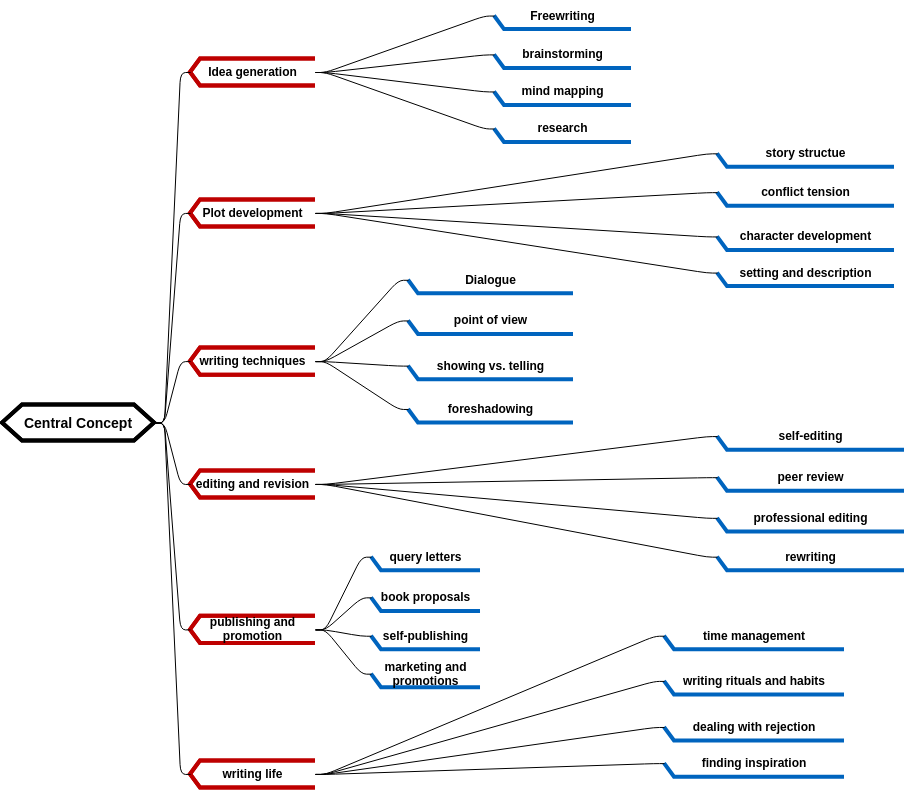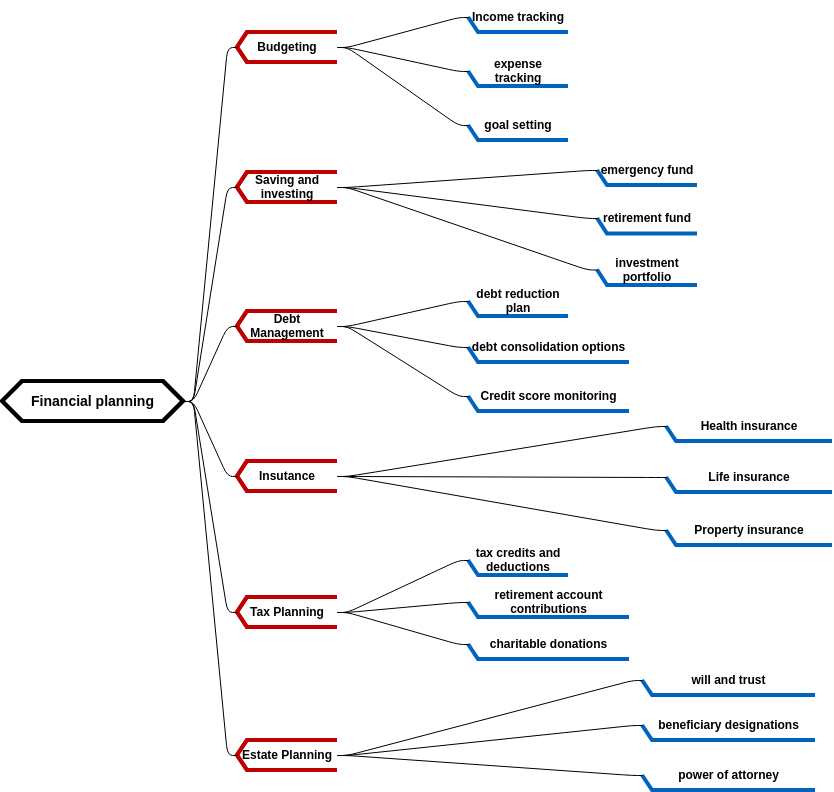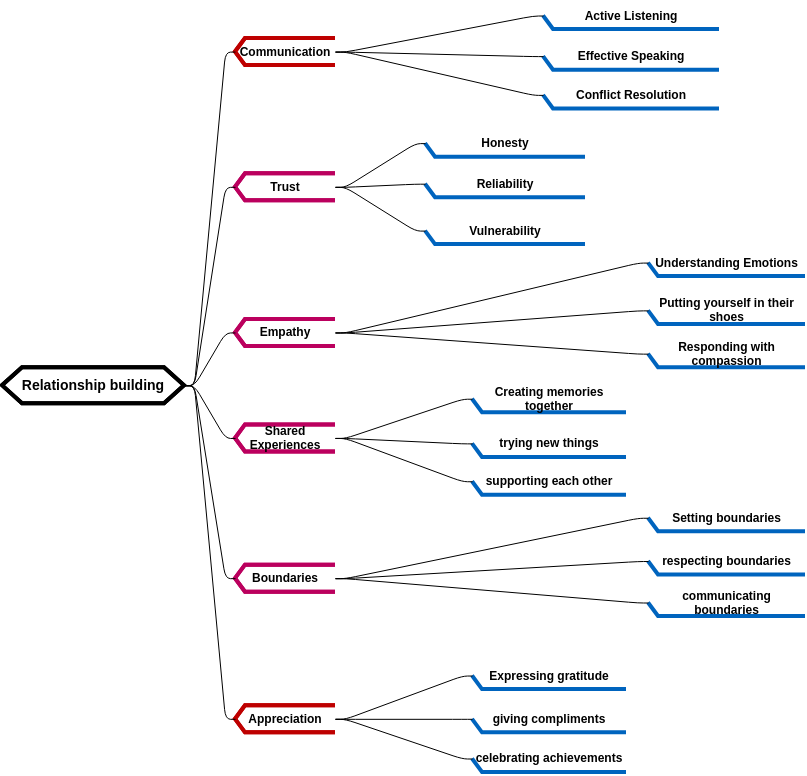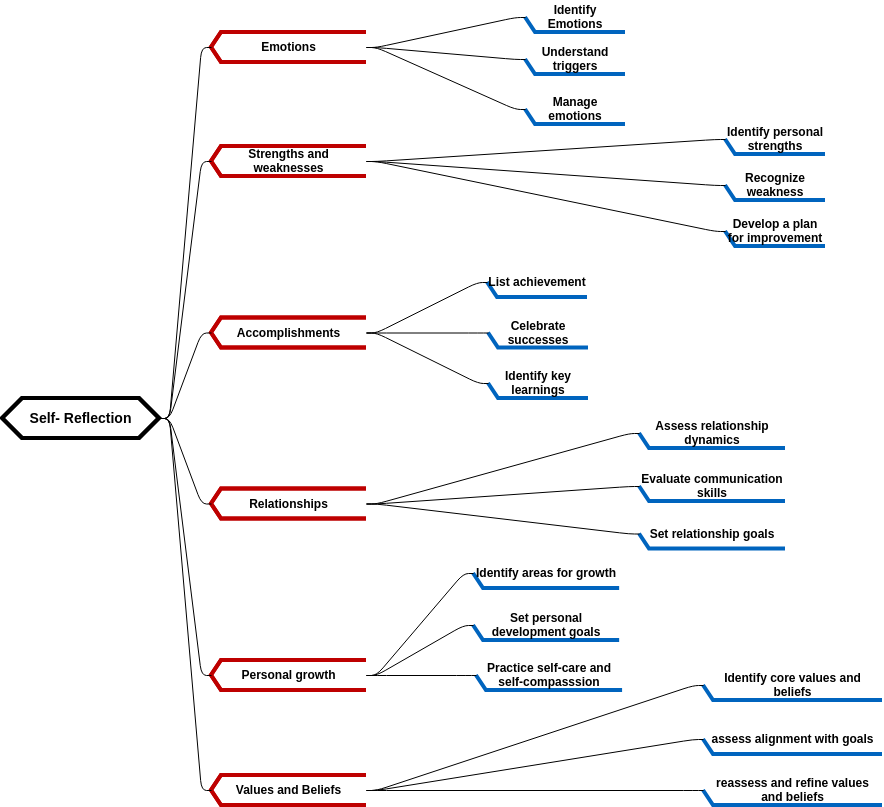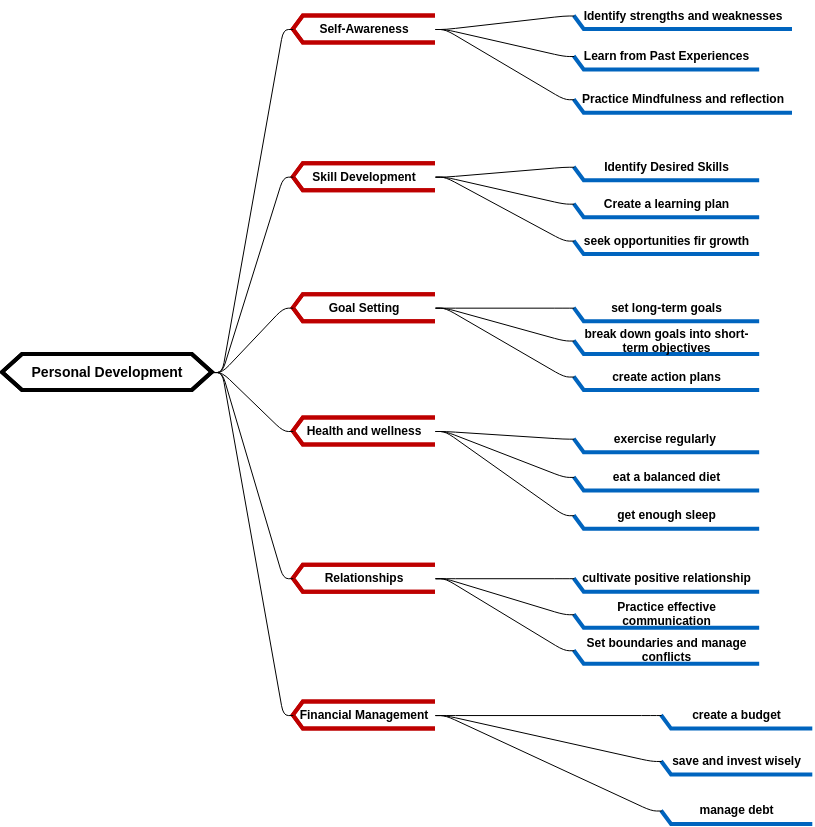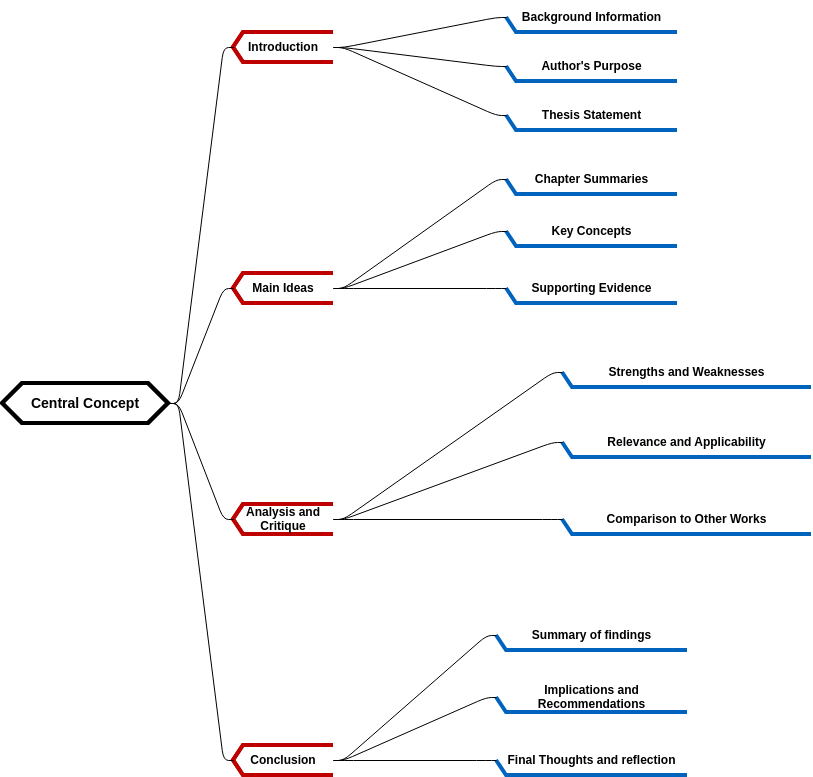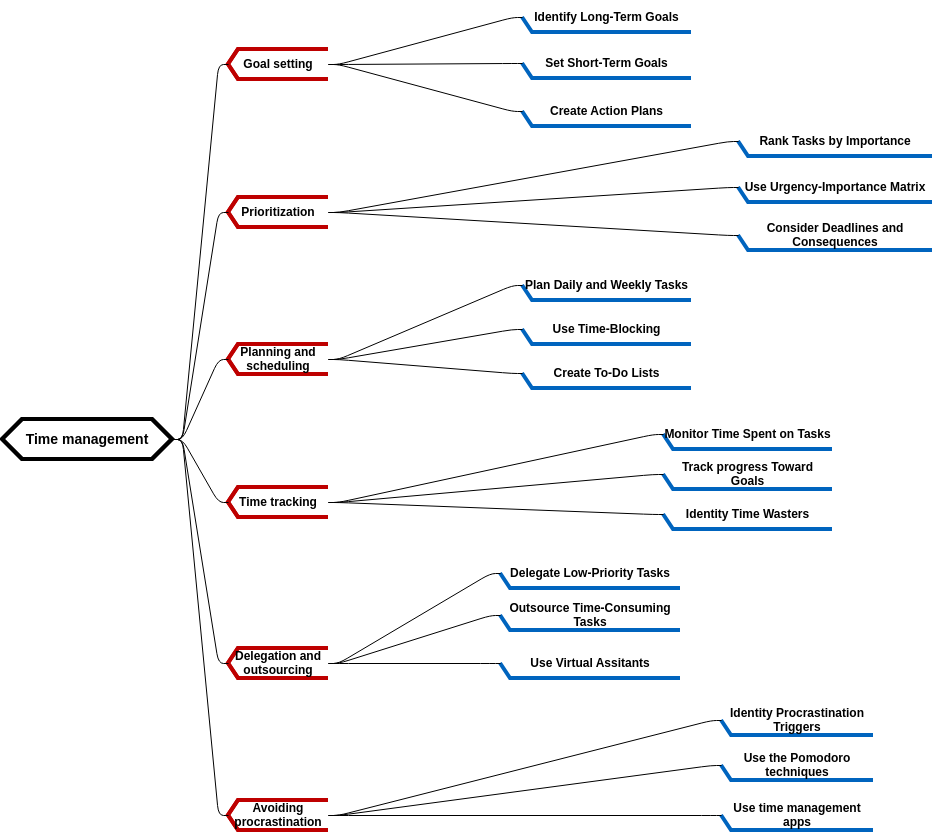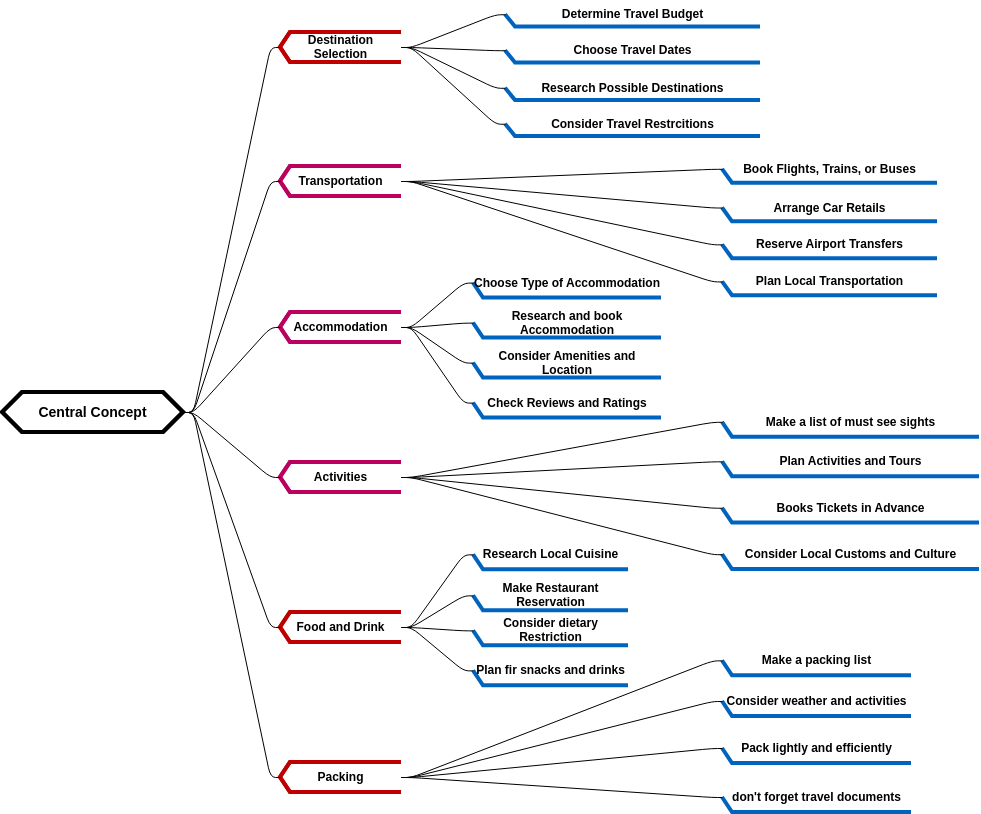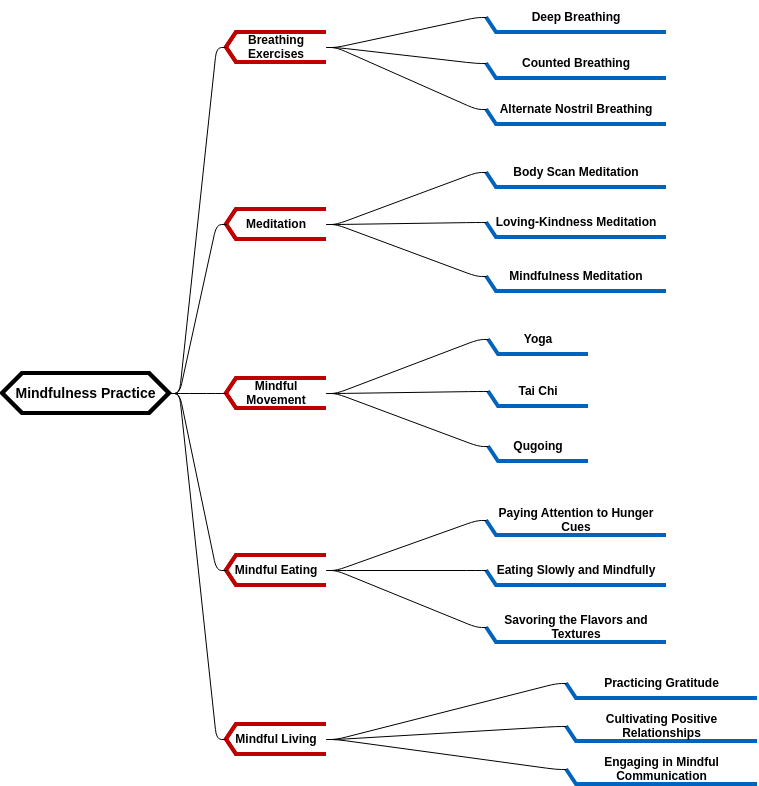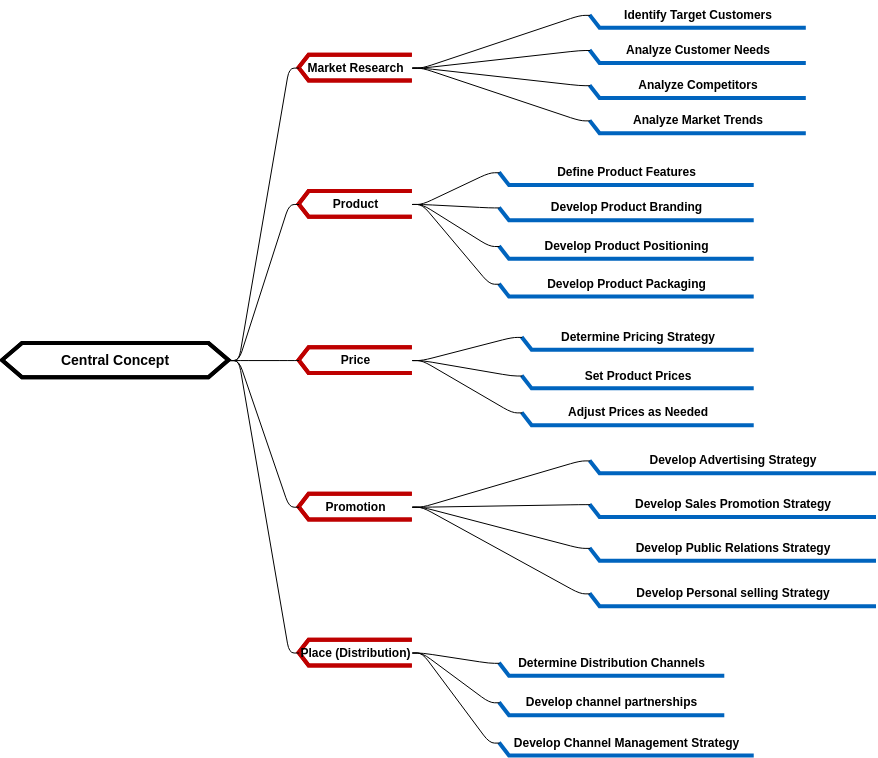comprehensive overview of the critical steps involved in solving problems effectively. The Mind Map lists 11 steps, including defining the problem, identifying the cause, generating solutions, evaluating solutions, and implementing and monitoring the solution.
The first component, Define the problem, involves identifying and clarifying the issue at hand. Once the problem is defined, individuals can move on to the next step, which is identifying the root cause of the problem.
The second component, Identify the cause, involves determining the underlying issue that is causing the problem. Once the cause is identified, individuals can move on to the next step, which is generating potential solutions.
The third component, Generate Solutions, involves brainstorming and exploring different options and developing creative solutions. Mind mapping is a useful tool in this step, as it helps to organize thoughts and ideas in a structured manner.
The fourth component, Evaluate Solutions, involves assessing the potential solutions based on feasibility, effectiveness, and cost. Cost-benefit analysis and decision matrix are useful tools in this step as they help to evaluate potential solutions objectively.
Benefits of creating this mind map
Creating a Mind Map for Problem-Solving offers several benefits. Firstly, it provides a clear and comprehensive overview of the critical steps involved in solving problems effectively. The Mind Map helps individuals to identify and prioritize key components such as defining the problem, identifying the cause, generating solutions, evaluating solutions, and implementing and monitoring the solution. This understanding ensures that individuals can make informed decisions about problem-solving and take the necessary steps to solve problems efficiently and effectively.
Secondly, the Mind Map can be used as a communication tool between individuals. The Mind Map provides a common vocabulary for discussing problem-solving and the different steps involved. This is particularly useful when individuals have different communication styles or when they are discussing complex or sensitive topics. The Mind Map can be used to ensure that everyone is on the same page, and decisions are made collaboratively with the best interests of the problem-solving process in mind.
In summary, creating a Mind Map for Problem-Solving offers several benefits. It provides a clear and comprehensive overview of the critical steps involved in solving problems effectively, enhances communication between individuals, and helps individuals make informed decisions about problem-solving. By using a Mind Map, individuals can develop effective strategies to solve problems efficiently and effectively, prioritize components, and ensure the long-term success of the problem-solving process.
Visual Paradigm Online offers a range of customizable mind map templates to suit your individual needs. You can explore their collection and choose a template that best fits your specific requirements.
